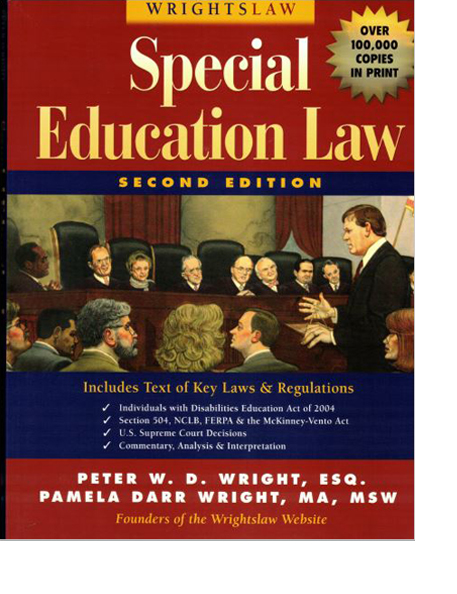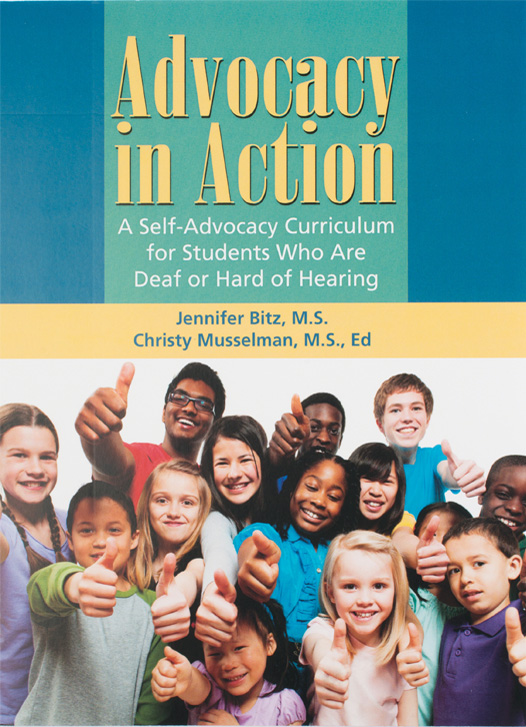Related Products
For Professionals
- Amplification
- Assessment of Student Skills, Challenges, Needs
- Early Childhood: Infants, Toddlers, Preschool
- Hearing Loss – Identification, Impact and Next Steps
- IDEA Law Summary Information
- Language and Speech Development Issues
- Legal Issues in Serving Children with Hearing Loss
- Listening (Auditory Skills) Development
- Planning to Meet Student Needs
- Self-Advocacy Skills for Students with Hearing Loss
- Self-Concept: How the Child with Hearing Loss Sees Himself
- Social Skills
- Speech Perception & Learning
Related Teacher Tools Takeout Items
Assessment of Online ACCESS

The world of education has shifted sharply once we began our societal response to the COVID-19 pandemic. Yet, we remain responsible for offering an equal educational opportunity to students with hearing loss. To do so we must identify and address access issues in online learning situations. Some current issues for our students who are DHH are:
- Concerns about equal access in distance learning
- Teaching practices to enhance or limit access
- Ways to gather information that shows a student’s level of access
Equal access was already a challenge! The Title II ADA requirement that schools are required to ensure that communication for students who are deaf and hard of hearing are as effective as communication for others [ADA Title II 28 C.F.R. 35.160 (a)(1)] was already a tall order for students who are hard of hearing since it is a fact that no hearing devices in current existence restore normal hearing ability. Even in a classroom setting the provision of hearing assistance technology, interpreter services, and captioning still are often not sufficient to close the access gap.
Encouragement is not the same as effective solutions. A 3/21/20 Supplemental Fact Sheet1 from the US Department of Education clarified that special education and related services can be provided through distance instruction and that many disability-related modifications and services, like captioning and sign language interpreting, may be effectively provided online. The Fact Sheet encouraged parents and educators to collaborate creatively to use high-and low-tech strategies to meet the needs of students with disabilities. This encouragement resulted in a steep learning curve by all teachers, and especially those who work with students who have access issues due to hearing or vision limitations.
All instruction must be fully accessible to students who are deaf and hard of hearing.
Access Concerns:
- a. When teachers provide online instruction during which only a PowerPoint presentation or documents are visible, the student is not able to speechread. Once we go back to meeting face-to-face in schools it is likely that many school staff will wear masks. How much is the student’s access impacted without speechreading?
- b. When teachers instruct over an internet streaming service without using a microphone (standard mic that plugs-in to the computer or FM/DM microphone) the speech signal is degraded and adds to comprehension issues. How much is the student’s access to distance learning is impacted without the use of a microphone?
For students with hearing loss to experience equal access, we need to identify barriers first.
Perform a modified Functional Listening Evaluation procedure in an online teaching situation
We know that students with typical hearing respond with 90+% accuracy when listening in noise, even when the noise level is equal to the speech presentation level. It is reasonable to assume that the degradation in sound that occurs when a teacher’s voice is presented over an internet streaming service (like Zoom) will not significantly decrease the speech perception and auditory comprehension ability of students with typical hearing.
For equal access students with hearing loss should be able to perform with at least 90% accuracy during online learning presentations. Ideally, you will have performed the FLE under classroom conditions and have the percent scores under different listening conditions that can be compared to the following.
Suggestions on how to perform this functional check of listening accuracy during online learning:
- a. Download and print out the Common Children’s Phrases.
- b. Prepare to present Children’s Nonsense Phrases within the Common Children’s Phrases There are 8 lists of 20 items. You can place a + or o next to each sentence to record responses.
- c. LIST 1: Use a microphone plugged into your computer as you present and encourage the student to watch your face. Even a standard SmartPhone headset will work with most media devices to improve speech signal clarity. This simulates the best listening condition.
- d. LIST 2: Turn off your webcam or do not allow the student to watch your face. Continue to use your microphone. This simulates listening when the teacher is presenting a PowerPoint presentation while livestreaming and her face is not visible.
- e. LIST 3: Unplug your microphone and present the list of words in the speechreading condition. These results will indicate how important it is for the student to have the teacher always use a microphone during online learning.
- f. LIST 4: Present the nonsense phrases without using the microphone or allowing speechreading. Too many students are currently expected to learn in this situation. With the data you’ve now obtained you can demonstrate the level of barrier to understanding posed by not using a microphone and/or not allowing speechreading.
- g. LIST 5 and 6: If you have a mask with a transparent inset available, repeat the conditions with and without using the microphone. This will provide you with some data as to just how important it is for a teacher to use a transparent mask once we return to school, and the potential barrier posed to having the teacher’s face viewed in this manner.
Check comprehension of what the student can hear (or see)
Schools have not been excused from conducting assessment or gathering progress monitoring data. Norm-referenced tests have strict administration protocols. That said, modifications can be made as long as they are referenced in the test report with the caveat that use of the norms may not be as accurate as if the original administration protocol was used.
For the purposes of students who are deaf or hard of hearing we really want to know how students perform on auditory (or sign interpreted) comprehension tasks relative to their typical class peers. Results will reflect (1) the degree to which hearing loss is posing as a barrier to comprehension along with (2) the impact of any language issues the student may experience. This is true whether the student is face-to-face in a quiet room, or in an online learning situation.
Suggestions for performing assessment of comprehension of spoken information
- a. Gather comprehension data using the Oral Passage Understanding Scale (OPUS) for grades K-12. This test only takes 10-15 minutes to complete. It identifies how well a person can integrate and apply knowledge of use of words and word combinations, grammar and inferential meaning.
- b. Gather comprehension data using the Listening Comprehension Test 2 for grades 1-6 or the Listening Comprehension Test Adolescent for grades 7-12. This test assesses comprehension of main idea, listening for details, vocabulary, reasoning and understanding messages. It takes about 30 minutes to administer.
- c. Conduct an Informal Evaluation of Auditory Comprehension of Information with and without Accommodations. This functional assessment procedure refers to how to conduct comparison testing in a typical classroom environment (or simulated classroom noise vs. quiet). Adapt the procedure to online learning by reading a story and answering comprehension questions with and without a microphone, with and without speechreading, speechreading through a mask, with and without captioning, etc.
- d. For hard of hearing students DO NOT ALLOW SPEECHREADING as this is an inconsistent listening condition.
- e. If a HAT (FM/DM system) is typically used with the student be sure to use it while performing comprehension assessments.
- f. If captioning is typically used during instruction it can be used while performing the assessments.
- g. For students who are Deaf and use an interpreter, if at all possible have what you say when administering the test be presented by the interpreter the student uses in the classroom setting. Allow the student to view your face and the interpreter so the student’s ‘triangle of communication’ is as typical as possible.
LIST OF RECOMMENDED ASSESSMENTS: The list includes recommendations for both functional and formal assessments for ages 3-5 years and school-age students. In evaluations, it is appropriate to look closely at social/emotional, self-advocacy, and the possibly subtle phonological/morphological awareness and ‘Swiss cheese’ language skills that impact comprehension and reading fluency.
Read more information on tailoring assessment procedures to the needs of students with hearing loss.
References:
- 1. March 21, 2020 Supplemental Fact Sheet Addressing the Risk of COVID-19 in Preschool, Elementary, and Secondary Schools While Serving Children with Disabilities
- 2. The Effect of IQ on spoken language and speech perception development in children with impaired hearing. Cochlear Implants International, (11)1, June, 370-74.



